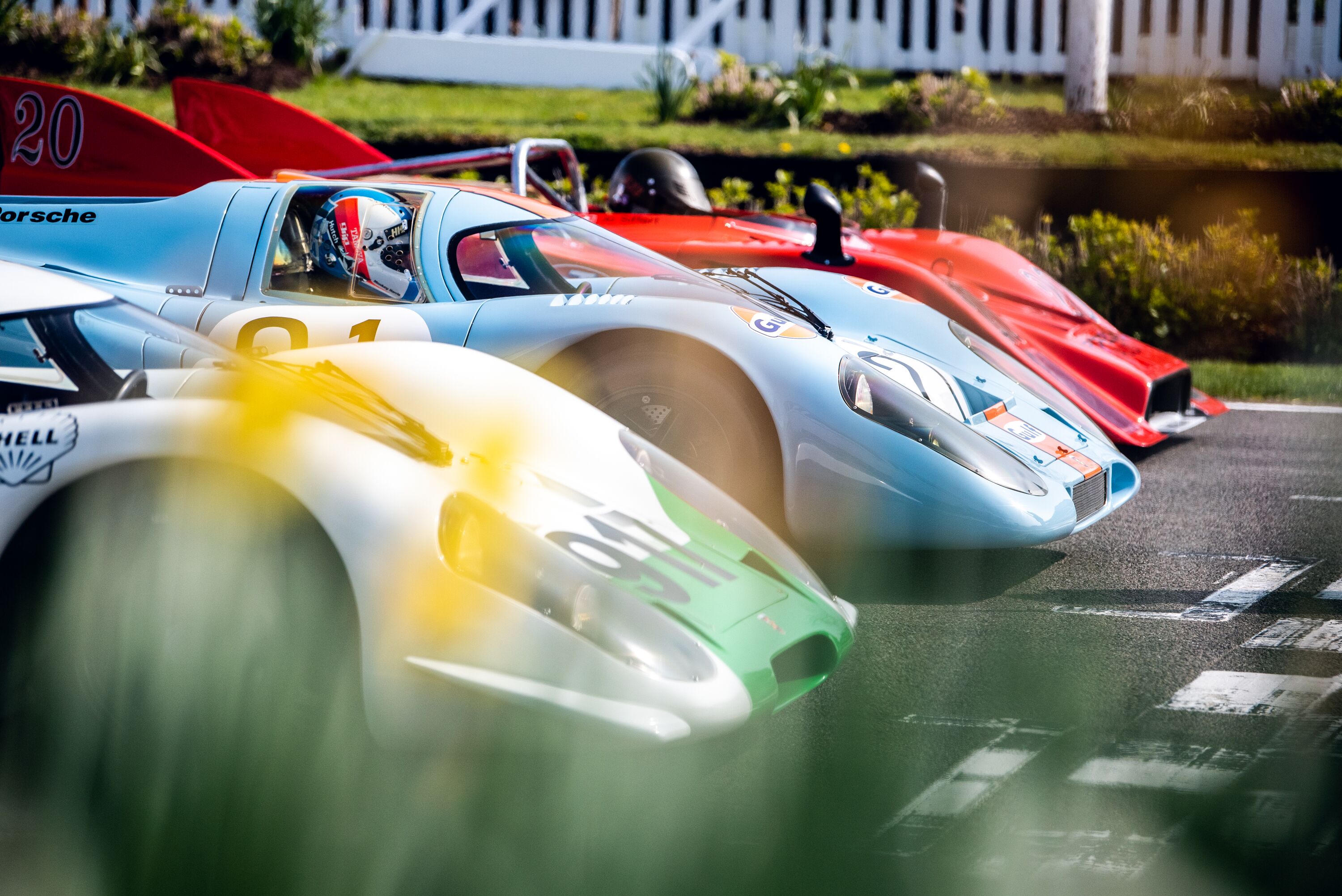Thank Frankel it's Friday: Bernd Rosemeyer – legendary speed demon, peerless racer
 Andrew Frankel
Andrew Frankel
Eighty years ago on Sunday, a young German by the name of Bernd Rosemeyer stubbed out a cigarette, climbed into his car and headed off down the autobahn.

It was cold, the wind was getting up and he wanted to get home to his wife and baby son. But first there was some business to attend to, the business of wrestling back from Mercedes-Benz the speed record he had held from the previous autumn when he drove his V16 Auto Union along this very stretch of Frankfurt to Darmstadt autobahn at 243mph.
But now his record stood smashed, obliterated by Rudi Caracciola from the Mercedes-Benz team, who drove his streamlined W125 at 270.4mph. Auto Union had to respond. His first run was really only exploratory and to get the car properly warmed up, but he still came within a hair’s breadth of matching his great rival’s speed. One more run ought to do it. But the wind was a problem and it had scared Caracciola sufficiently for him to refuse Alfred Neubauer’s request for another run to raise his record further. In his autobiography he talked of wanting to warn Rosemeyer about the wind but thinking ‘I cannot, must not tell him anything’, which seems pretty weird given what was at stake.
The rest you probably know: nine kilometres into his run just past the Morfelden crossing the Auto Union veered left onto the grass, then right across the width of the motorway before disintegrating. Rosemeyer was found in the woods without visible injury but already beyond anyone’s help. It’s always been widely held that he lost control in a cross-wind, but it’s possible also that a piece of bodywork came adrift which, in a car that relied entirely on its aerodynamics, would likely have catastrophic consequences at such speeds.
That day the racing world lost a man who has since been commonly compared to Stirling Moss and Gilles Villeneuve, men whose talent could make that of other top drivers seem quite ordinary by comparison, and who drove not to win, but to race. And there is a difference: drivers like Alberto Ascari and Alain Prost drove to win, never happier than when far out in front, distant from the competition and controlling the race. Like Moss and Villeneuve, Rosemeyer liked to win, but he loved to race, never happier than when scrapping with his rivals, a man who’d fight as hard whether he was first or last on the grid.

The extraordinary thing about Rosemeyer was the impact he made on the racing world in such a short period of time. While Moss competed at the top level for a dozen years and even Villeneuve managed six seasons in F1, Rosemeyer was a complete unknown when he made his Grand Prix debut in 1935 and would take his final victory at Donington in 1937.
It helped that he was a good looking lad with a perpetual grin on his face and, I’m afraid, it helped also that all drivers of Mercedes and Auto Union machinery came with the might of the Nazi propaganda machine behind them, but this served only to make public what was obvious to all that raced against him: this man was different.
Truth is that he was the only person ever truly to get the maximum out of the C-type Auto Union. This was the one with the massive 6-litre V16 engine and evil swing axle rear suspension and while Tazio Nuvolari did also master the Auto Union, he mainly drove the D-type introduced after Rosemeyer’s death with a 3-litre V12 motor and a distinctly less treacherous De Dion rear end.
Rosemeyer made his debut at the Avus in 1935 and I have read one authority who claims it was his first race in any car of any kind, all his experience to date being on two wheels. His second race was at the Nurburgring and he came within one fluffed gearchange of winning it.

In 1936 he was unstoppable. In the four rounds of the European Championship – then racing’s most important series – he retired in Monaco and won the rest. He also won the Coppa Acerbo and the Eifelrennen at the Nurburgring. After two seasons of dominance Mercedes was stung to be so well beaten and replied in 1937 with the immortal W125 but Rosemeyer still won the Eifelrennen, the Vanderbilt Cup, the Coppa Acerbo and that famous, final win at Donington. Indeed he was the only driver to pose a consistent threat to the Mercedes-Benz team all season. And then he was gone.
It seems insane today that the world’s greatest drivers were contracted to sit inside incredibly flimsy, terrifically unstable, wildly powerful bullets and fire themselves down the motorway at speeds no Formula 1 car could reach today. When you think about the power, the aerodynamics, tyres, the wind and the total absence of anything you and I might regard as safety, it makes you shudder. No wonder Rosemeyer considered one three-minute run a greater challenge than an entire Grand Prix.
One final thought: unless you know differently I believe Caracciola’s 270.4mph record remained the highest speed ever recorded on a public road until Koenigsegg’s recent 277mph pass. And it is likely that, at the time of his accident, Rosemeyer was travelling faster still. He was just 28 years old.
Photography courtesy of LAT Images
andrew frankel
thank frankel it's friday
Bernd Rosemeyer





